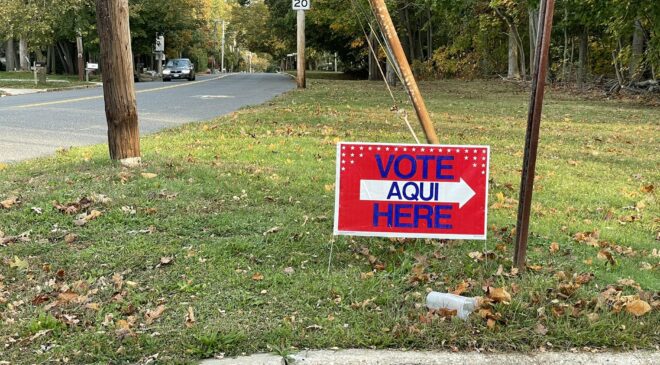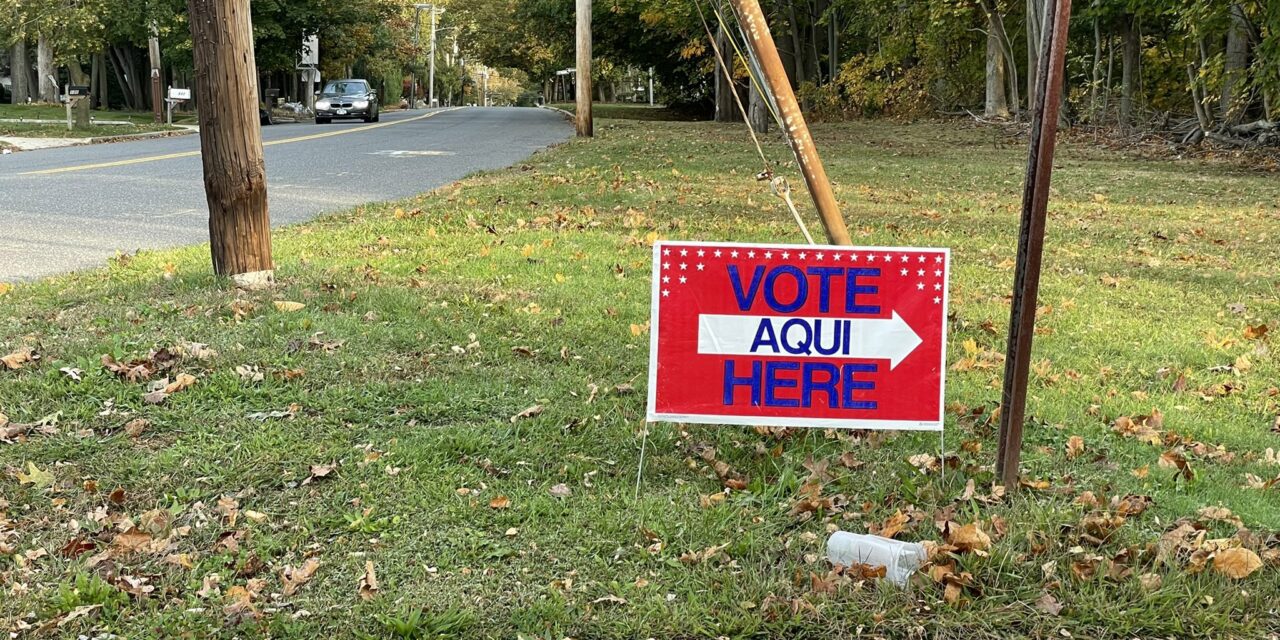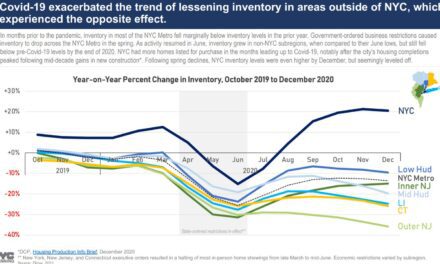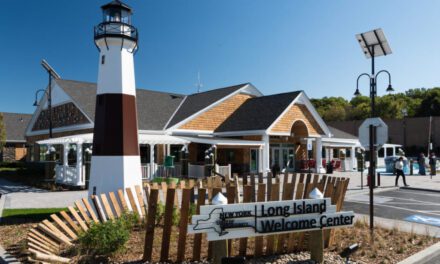The following is a quick hit of reporting and editorial analysis from The Foggiest Idea on the local and regional developmental issues that matter.
Published November 3rd, 2022
BY RICHARD MURDOCCO
This past summer, headlines about the upcoming 2022 midterm elections for the highest office in New York State put Governor Kathy Hochul in a healthy polling lead over her opponent, Lee Zeldin, the Republican Congressman from Shirley.
Hochul, a lawyer by trade, rose from a 14-year run on the Hamburg Town Board before serving in the U.S. House of Representatives after an surprise win during a special election race in 2011. In 2014, Andrew Cuomo had hand-picked Hochul to serve as his deputy during his gubernatorial run that year. In August 2021, the relatively low-profile Lieutenant Governor was suddenly thrust into the spotlight of executive power after Cuomo’s resignation over sexual harassment claims.
Zeldin’s path to power has similar contours through Congress. After serving in the military while studying and practicing law, Zeldin tried his hand at running for congress and lost in 2008. After a brief interlude from politics, he won a contested State Senate seat in 2010 by riding suburban voter fury over the Metropolitan Transportation Authority payroll tax among other issues. By 2014, Zeldin ran for congress once again – but this time, he was able to beat his competitor Tim Bishop in a tight race. Now he seeks the Governor’s mansion.
As the 2022 midterm elections loom, New York voters now find themselves traversing a vastly different electoral landscape – a race for control of Albany that is actually competitive between both major parties.

Pictured: A sign showing the location of a local polling place in Suffolk County. (Photo Credit: Richard Murdocco/The Foggiest Idea)
These shifts come as Republican messages concerning crime and inflation have resonated in downstate urban and suburban areas alike. Despite their steeply entrenched political advantages throughout the state, a path of victory for the Democrats is murkier than usual.
The Democratic Party has held control over all levers of power in Albany since 2019, holding the offices of governor, secretary of state, attorney general, and both chambers of the state legislature. Even when the State Senate was in Republican party control before then, Democrats had both the governorship and State Assembly going as far back as 2007, or pretty much an eternity in transient world of elected office. Voter enrollment ratios between the two major parties in New York, especially within the City and surrounding suburbs, have helped keep these dynamics firmly in place.
In fact, the New York State Board of Elections released data just this week that shows Democrats make up roughly half of all voters registered in the state. Voters who are unaffiliated with a party come in at 23%, but still out number Republicans by a slim margin, who make up a paltry 22% of the overall electorate.
In recent weeks since crime has become the major focal point of the governor’s race, unexpected momentum has been given to what once was seen as a perennially underdog effort by Republicans.
Politically, New York seems to be mirroring national trends.
As reported in the New York Times, a recent Gallup survey shows that 51 percent of independent voters said there was more crime in their areas now than there was a year ago, a view shared by 61 percent of Democrats. At a time when high-profile crimes that are being committed on mass transit and within neighborhoods continue to capture headlines and further stoke voter fears, Democrats have been arguably slow to pivot from messaging that has focused on other issues like abortion rights. After their wake-up call from the polls, Democratic party leaders are now bringing out big the heavy political hitters to further bolster voter support as Election Day looms. Among them, President Joe Biden, who gave a speech in Yonkers to bolster support for Hochul, and both Vice President Kamala Harris and former Secretary of State Hillary Clinton have been stumping in areas that have been routinely seen by analysts as safe and reliable for Democratic incumbents.
But the big question remains – will it be enough?
New York has been overwhelmingly blue for decades, but with voters feeling the seemingly continual squeeze of inflation and expressing palatable fear over rising crime, what once was essentially a predetermined electoral outcome is now anything but.
Richard Murdocco is an award-winning columnist and adjunct professor in both Stony Brook University’s public policy graduate program and School of Atmospheric and Marine Sciences. He regularly writes and speaks about Long Island’s real estate development and storm resiliency issues. Follow him on Twitter @thefoggiestidea. You can email Murdocco at Rich@TheFoggiestIdea.org.
Editor’s Note: This piece was updated on November 7, 2022 to reflect the visit of President Joe Biden in Yonkers, NY.















It’s nice to see an accurate, honest assesment.
It would be great if others followed your lead!